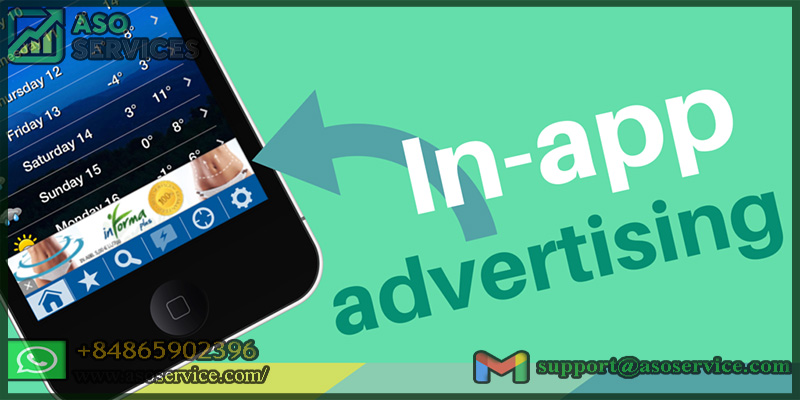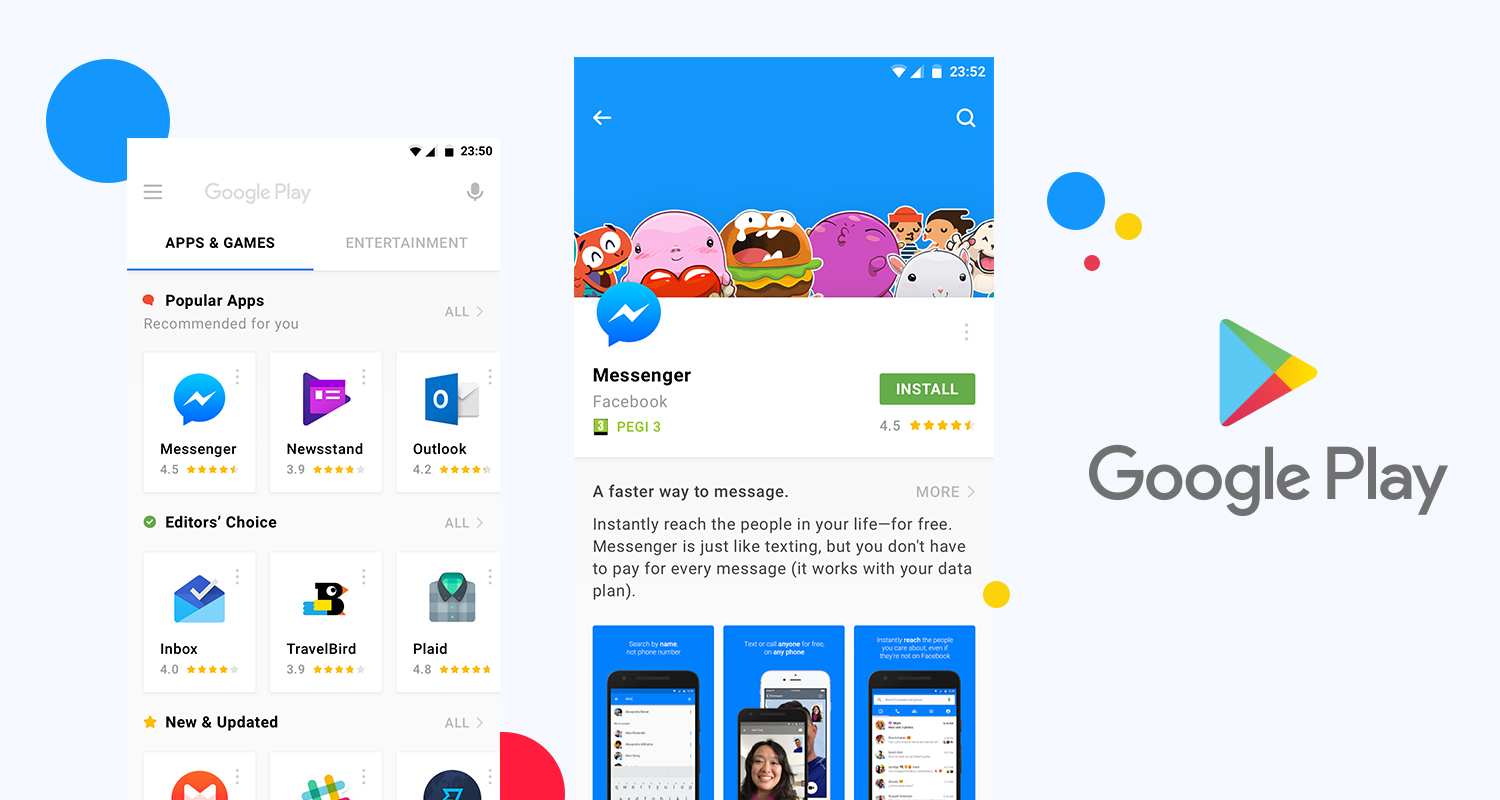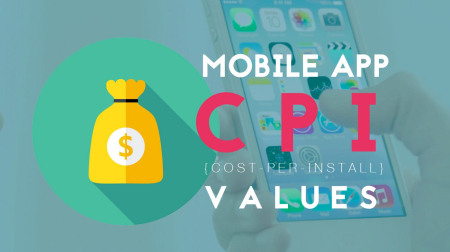In today's mobile-first world, in-app advertising has become a crucial revenue stream for mobile app developers, offering a powerful way to monetize their apps while providing value to users.
Related posts
How to increase app ranking for iOS and Android apps, games
The best 3D games on App Store and Google Play 2023
1. Introduction to In-App Advertising
In-app advertising has become an essential part of mobile app monetization, with developers relying on it to generate revenue and advertisers using it to reach their target audience. In-app ads come in different formats and placements, including banners, interstitials, native ads, and rewarded ads, which allow users to earn virtual currency or access additional content in exchange for watching an ad.
One of the benefits of in-app advertising is that it allows developers to offer their app for free while still generating revenue from ad impressions and clicks. This model has become particularly popular in mobile gaming, where users expect to download and play games for free.

Introduction to In-App Advertising, Source: Asoservice.com
For advertisers, in-app advertising provides access to a highly engaged audience and the ability to target users based on their behavior and interests. With the rise of programmatic advertising, advertisers can use machine learning algorithms to deliver personalized ads to users in real time, increasing the likelihood of conversion and maximizing return on investment.
However, it's important to balance the benefits of in-app advertising with user experience and their app reviews. Intrusive and disruptive ads can turn users off and lead to negative reviews and low retention rates. To avoid this, developers should consider factors such as ad placement, frequency capping, and ad load balancing to ensure a seamless and enjoyable user experience.
Overall, in-app advertising has proven to be a valuable tool for mobile app developers and advertisers alike. As mobile usage continues to grow, it's likely that in-app advertising will play an even larger role in the mobile advertising landscape.
2. Best Practices for In-App Advertising
To maximize the benefits of in-app advertising while maintaining a positive user experience, it's important to follow some best practices. Here are some key guidelines:
Consider ad placement: Ad placement plays a significant role in user experience. Place ads where they won't disrupt the user's interaction with the app or interfere with navigation. For example, interstitial ads can be shown between levels in a game or during natural breaks in app usage.
Use frequency capping: Users don't want to be bombarded with too many ads. Limit the frequency of ads shown to users to prevent them from becoming irritated and leaving the app. Frequency capping also helps to prevent ad fatigue and encourages users to engage with ads when they are shown.
Optimize ad relevance: Deliver ads that are relevant to the user's interests and behavior. Use targeting methods such as geolocation, demographics, and behavior to ensure ads are personalized and useful to the user.
Use appropriate ad formats: Different ad formats work best in different contexts. Use native ads for seamless integration with the app's design, rewarded ads for incentivized engagement, and interstitials for a full-screen experience.
Test and analyze: Continuously test and analyze the performance of ads to optimize the user experience and increase revenue. Use A/B testing to determine the best ad placements, formats, and targeting methods for different user segments.
By following these best practices, in-app advertising can be an effective monetization strategy for mobile app developers while also providing value to users and advertisers.
3. Maximizing Revenue with In-App Advertising
In-app advertising is a powerful tool for mobile app developers to generate revenue. Here are some strategies for maximizing revenue with in-app advertising:
Choose the right ad format: Different ad formats have different revenue potential. For example, interstitial ads tend to have higher CPMs (cost per thousand impressions) than banner ads. Experiment with different formats to find the ones that work best for your app and audience.
Implement mediation: Mediation allows you to work with multiple ad networks to fill your inventory, increasing your chances of showing ads and maximizing revenue. Mediation platforms automatically prioritize and serve ads from the highest-paying networks.
Optimize ad targeting: The more relevant an ad is to a user, the more likely they are to engage with it. Use targeting methods like user behavior and location to ensure that ads are personalized and useful.
Prioritize user experience: A positive user experience is crucial for retaining users and generating revenue. Avoid showing too many ads or ads that are intrusive or irrelevant. Optimize ad placement and frequency to balance revenue and user experience.
Test and analyze: Continuously test and analyze your ad performance to optimize revenue. Use tools like A/B testing and analytics to understand how different ad formats, targeting methods, and placements impact revenue and user engagement.
By implementing these strategies, app developers can maximize revenue with in-app advertising while maintaining a positive user experience. App developers can buy App ratings from real users.
4. User Experience Considerations
When implementing in-app advertising, it's important to consider the user experience. Here are some user experience considerations to keep in mind:
Placement: The placement of ads can greatly impact user experience. Avoid placing ads in areas that are likely to be clicked accidentally or that interfere with the user's ability to navigate the app.
Frequency: Too many ads can be annoying and cause users to abandon the app. Optimize ad frequency to balance revenue and user experience.
Relevance: Ads that are relevant to the user are more likely to be clicked and less likely to be seen as annoying. Use targeting methods to ensure that ads are personalized and useful.
Intrusiveness: Intrusive ads, such as pop-ups or auto-playing videos, can be frustrating for users. Avoid these types of ads and, instead, use more subtle ad formats.
Timing: Timing is important when it comes to show ads. Avoid showing ads during critical moments in the user journey, such as during the checkout process or when a user is trying to complete a task.
By considering the user experience when implementing in-app advertising, developers can create a more positive experience for users, leading to increased engagement and revenue.
5. In-App Advertising for Different App Categories
In-app advertising can be an effective way to monetize different types of mobile apps. Here are some considerations for in-app advertising for different app categories:
Gaming Apps: In-game ads, such as rewarded video ads or interstitial ads, can be a successful way to monetize gaming apps. The key is to ensure that the ads are relevant to the user and don't disrupt the gameplay experience.
Social Media Apps: Social media apps can benefit from native ads that blend seamlessly into the user experience. These ads can be personalized based on the user's interests and demographics.
News and Content Apps: News and content apps can use native ads, sponsored content, keyword app installs or interstitial ads to monetize their content. The key is to ensure that the ads are relevant to the user and don't disrupt the reading experience.
Productivity Apps: Productivity apps can use banner ads or native ads that are relevant to the user's needs. These ads can be personalized based on the user's interests and demographics.
Utility Apps: Utility apps can use banner ads or native ads that are relevant to the user's needs. These ads can be personalized based on the user's interests and demographics.
By considering the app category when implementing in-app advertising, developers can create a more effective monetization strategy that is tailored to their audience.
6. Future of In-App Advertising
The future of in-app advertising looks bright as mobile usage continues to increase and evolve. Here are some potential trends and developments to look out for:
Personalization: In-app advertising will continue to become more personalized and targeted based on user interests, demographics, and behavior.
Artificial Intelligence: AI-powered ad networks and platforms will become more prevalent, allowing for more efficient and effective ad targeting and placement.
Video Ads: Video ads will continue to grow in popularity as mobile video consumption increases. Interactive and immersive video ad formats will also become more common.
Augmented Reality: AR technology will offer new opportunities for in-app advertising, such as product placement in AR experiences or sponsored AR filters.
Privacy: As privacy concerns continue to grow, in-app advertising will need to become more transparent and respectful of user data and preferences.
Programmatic Advertising: Programmatic advertising will become more common in the in-app space, allowing for more efficient and automated ad buying and placement.
Overall, in-app advertising will continue to be an important revenue stream for mobile apps, and developers will need to stay up-to-date on industry trends and best practices to maximize their monetization potential.
Conclusion
In-app advertising is a powerful tool that can help mobile app developers maximize their revenue streams while providing value to users, and by following best practices and considering user experience, developers can create effective and sustainable advertising strategies.
Related posts
https://asoservice.com/microsoft-store-app-reviews
https://asoservice.com/macos-app-reviews-ratings
Thanks so much for reading this article.
Source: https://asoservice.com/












Leave a Reply
Your e-mail address will not be published. Required fields are marked *